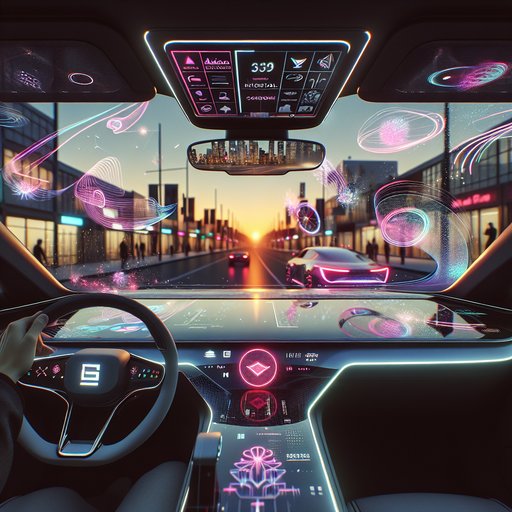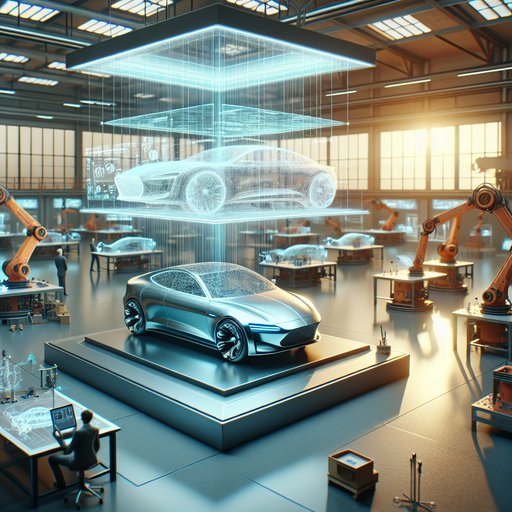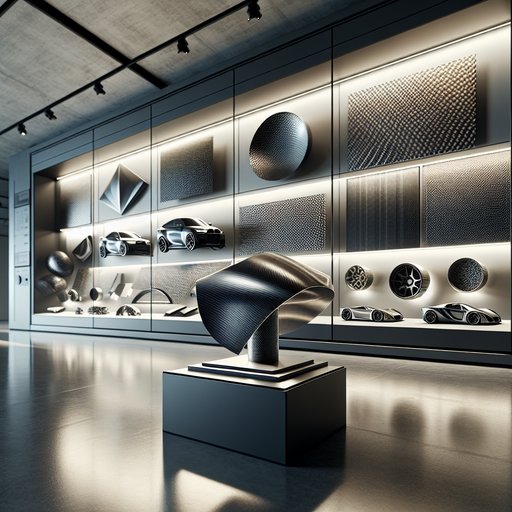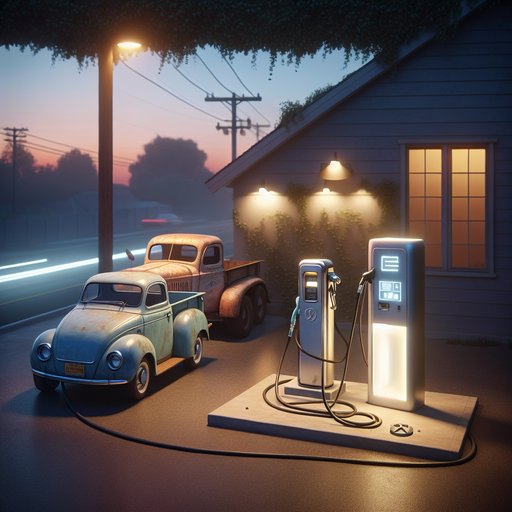
Augmented-reality overlays and head-up displays are moving from lab demos to production cars, and the art world is seizing the moment. Designers and media artists are treating the windshield as a stage where typography, motion graphics, and soundscapes choreograph guidance as culture, not just utility. Institutions and curators are commissioning driveable installations, while collectors test limited-edition interface themes that turn driver assistance into a new kind of exhibition space. As 2025 models debut with panoramic HUDs and richer spatial cues, the dialogue between studios, museums, and automakers is clarifying what an aesthetic—yet legible—AR road ahead should look like.

Digital twin simulations—high-fidelity, living models of vehicles, factories, and workflows—are reshaping how cars are conceived, built, and verified. In 2025, automaker design studios are using them to iterate on surfaces and fit-and-finish with the same care a sculptor brings to clay, while production teams trial robot choreography and tooling virtually before metal is cut. Museums and design institutions are beginning to showcase these visual systems to broader audiences, helping demystify how craft and code now intersect on the factory floor. The immediate result is fewer surprises during launch, tighter quality loops, and a clearer thread between the artist’s intent in the studio and the car customers experience on the road.

Composites, carbon fiber, and advanced alloys are no longer just engineering footnotes—they’re becoming the subjects of exhibitions, commissions, and collecting strategies. Curators are reframing vehicle materials as cultural artifacts, artists are collaborating with labs, and audiences are learning to read weave patterns the way they might brushstrokes. As institutions spotlight how these materials look, age, and transform performance, the art of mobility is emerging as a fertile ground for design history and future-facing storytelling. The result is a clearer public view of the craft behind speed, efficiency, and safety—and a new canon that treats carbon layups and alloy lattices as aesthetic languages as much as technical choices.

A decade ago the diesel pump handle felt like a hinge to the future; now it sits beside chargers humming with their own promise. The decline of diesel engines in personal transportation has not been a sudden collapse but a steady narrowing of options, a recalibration of values at the intersection of policy, engineering, and habit. The soundscape of the road has changed, and with it the rituals of driving. This is not a eulogy and not an indictment. It is a look in the rearview mirror while the lane ahead fills with new markings, new rules, and a different kind of power.












